If you thought brand collaborations were just about slapping two logos together, think again! Recently, Britannia Good Day, one of India’s most beloved biscuit brands, has unveiled a limited-edition ‘Flavours of Equality’ Pride Pack, celebrating the essence of Pride Month. The special pack also featured Parle Monaco, offering a vibrant tribute to representation and togetherness. Parle responded to Britannia’s Pride Month campaign with a print ad of their own, acknowledging Britannia’s invitation and showcasing a range of Parle products.
From cereal and chocolate brands joining forces to high-fashion labels designing coffee cups, brand partnerships are going places no one imagined. Luggage brand Safari partnered with smart-wearables brand Boat to launch a line of trackable luggage to make travel smarter. In an era where attention spans are shrinking and consumer expectations are evolving, collaborations have become the ultimate marketing magic trick bringing together unlikely allies to create something fresh, exciting, and, sometimes, downright bizarre.
In India, this trend has gained serious momentum, with brands leveraging each other’s strengths to break into new audiences, generate buzz, and create viral moments. The Starbucks and Sabyasachi collaboration, for instance, seamlessly merged luxury fashion with coffee culture, creating limited-edition drinkware that became a collector’s delight. Meanwhile, PepsiCo and Tata Consumer Products explored synergies in the beverage space, tapping into each other’s strengths to expand market reach. Britannia Industries and NIC Ice Creams introduced the NIC Bourbon Ice Cream, which combines NIC’s rich, creamy chocolate ice cream with the beloved chocolatey crumbs of Britannia Bourbon biscuits.
Brand collaborations are no longer limited to similar industries; they are breaking conventions and creating experiences that resonate deeply with consumers.
One of the most recent and talked-about brand partnerships in India is the Kurkure x Ching’s Secret collaboration. Aastha Bhasin, Marketing Director, Kurkure, PepsiCo India, explains the rationale behind this unique tie-up. “The primary objective of the Kurkure x Ching’s Secret collaboration was to bring together two iconic brands to deliver an innovative snacking experience that resonates with evolving consumer preferences. For over two decades, Kurkure has revolutionised the Indian salty snacks category with its unique formats and diverse flavour profiles, consistently staying ahead of trends. With its quirky storytelling and ability to connect with dynamic, modern Indian families, Kurkure has always added a spark of ‘quirky masti’ to everyday moments,” she says.
Aastha Bhasin, Marketing Director, Kurkure, PepsiCo India, explains the rationale behind this unique tie-up. “The primary objective of the Kurkure x Ching’s Secret collaboration was to bring together two iconic brands to deliver an innovative snacking experience that resonates with evolving consumer preferences. For over two decades, Kurkure has revolutionised the Indian salty snacks category with its unique formats and diverse flavour profiles, consistently staying ahead of trends. With its quirky storytelling and ability to connect with dynamic, modern Indian families, Kurkure has always added a spark of ‘quirky masti’ to everyday moments,” she says.
This partnership wasn’t just about blending flavours but also about maintaining the unique essence of both brands. Bhasin notes, “The collaboration between Kurkure and Ching’s Secret posed unique opportunities in harmonising the distinct brand identities into a unified product. The final product not only reflected our shared vision of catering to the rising demand for bold, experimental fusion snacks but is also authentic to both brands’ core values.”
Consumer trends played a massive role in shaping this partnership. “The Kurkure x Ching’s Secret collaboration directly taps into the growing consumer love for Desi-Chinese cuisine, a cultural favourite across India celebrated for its spicy, tangy, and savoury flavour profiles. By introducing the much-loved Schezwan chutney flavour into the salty snack category, this partnership addresses a trend that had been previously underserved,” she adds.
 According to Sonam Pradhan, Head - Media & Digital Marketing, Kellanova (Kellogg’s) South Asia, creating a successful collaboration involves meticulous planning. “It is not difficult, but we actually have to do a lot of work before. First, we need to think about why we need a new product. What is our USP? If we have to work with something from the same category or something from a different category, what actually mixes well with our product—like the synergy between cornflakes and milk. You have to see the synergies and then take a call if it actually fits your brand values,” explains Pradhan.
According to Sonam Pradhan, Head - Media & Digital Marketing, Kellanova (Kellogg’s) South Asia, creating a successful collaboration involves meticulous planning. “It is not difficult, but we actually have to do a lot of work before. First, we need to think about why we need a new product. What is our USP? If we have to work with something from the same category or something from a different category, what actually mixes well with our product—like the synergy between cornflakes and milk. You have to see the synergies and then take a call if it actually fits your brand values,” explains Pradhan.
She further links the process to marriage, saying, “Once you identify the category, you have to shortlist the brand. Then you have to initiate talks, and it is actually like a marriage. It’s not difficult because there are royalties involved. One brand takes the backseat and starts getting royalties while the other brand does the promotion.” Amisha Gulati, President, Gozoop Creative Digital, emphasises that successful brand collaborations aren’t just about merging logos but about solving a problem or leveraging an opportunity. Gozoop Group facilitated the collaboration between Tim Hortons India and Lotus Biscoff. Shedding light on how these partnerships work, Gulati says, “Brands collaborate with other brands either to solve a problem or leverage an opportunity. In either case, the collaboration helps both brands achieve their goals effectively. The three key factors while considering collaboration are aligned values, synergies in terms of the target audience & the message,” she says.
Amisha Gulati, President, Gozoop Creative Digital, emphasises that successful brand collaborations aren’t just about merging logos but about solving a problem or leveraging an opportunity. Gozoop Group facilitated the collaboration between Tim Hortons India and Lotus Biscoff. Shedding light on how these partnerships work, Gulati says, “Brands collaborate with other brands either to solve a problem or leverage an opportunity. In either case, the collaboration helps both brands achieve their goals effectively. The three key factors while considering collaboration are aligned values, synergies in terms of the target audience & the message,” she says.
A prime example of an out-of-the-box collaboration was Godrej Properties x Swiggy Instamart. “Godrej properties, took everyone by surprise when they collaborated with Swiggy Instamart to deliver homes in Bangalore. Traditionally, real estate brands use outdoor, print, and other ATL touchpoints. However, in this first-ever delivery by a real estate brand, it redefined convenience with its innovative approach. The campaign cleverly inserted an unexpected yet relevant brand touchpoint by delivering house keys in grocery orders & sparking intrigue. This blend of surprise, influencer-driven social buzz, and hyperlocal targeting ensured real impact, not just impressions,” Gulati explains. Zeiss collaborated with Vivo for the launch of the X200 phone. This collaboration has grown to be the foundation of their flagship X series over time and has also been extended to the V series. Using ZEISS’s unmatched optical knowledge, Vivo has revolutionised imaging. “Every co-engineered Vivo product has the Zeiss branding imprinted on the rear, a crucial component of our marketing. Vivo stands out in a crowded market thanks to its co-engineered innovation and product quality, prominent Zeiss branding, and collaboratively powerful narrative. It reaffirms Vivo’s leadership in mobile imaging and our dedication to combining top-notch knowledge to provide our customers with unmatched value,” says Marisa Weis; Global Spokesperson and Head of Product and Category Management, Imaging & Brand Partnerships; Zeiss Photonics & Optics.
Zeiss collaborated with Vivo for the launch of the X200 phone. This collaboration has grown to be the foundation of their flagship X series over time and has also been extended to the V series. Using ZEISS’s unmatched optical knowledge, Vivo has revolutionised imaging. “Every co-engineered Vivo product has the Zeiss branding imprinted on the rear, a crucial component of our marketing. Vivo stands out in a crowded market thanks to its co-engineered innovation and product quality, prominent Zeiss branding, and collaboratively powerful narrative. It reaffirms Vivo’s leadership in mobile imaging and our dedication to combining top-notch knowledge to provide our customers with unmatched value,” says Marisa Weis; Global Spokesperson and Head of Product and Category Management, Imaging & Brand Partnerships; Zeiss Photonics & Optics.
One of the biggest challenges brands face while collaborating is ensuring that both retain their distinct identity while creating a seamless experience. Gulati emphasises the importance of clarity and alignment: “The key to a successful partnership is to ensure that both brands have clearly aligned their goals, roles, and success parameters. Both entities should retain their distinct identities and leverage each other’s unique strengths to reach the same audience.”
There has been a noticeable surge in co-branded campaigns, driven by shifting consumer behaviours and marketing strategies. Gulati sheds light on this trend, stating, “Co-branded campaigns are on the rise, primarily because consumers today expect brands to engage with them in more creative, experience-driven ways. With attention spans shrinking, traditional ads are losing impact. People are looking for content that surprises and engages them in their daily lives.”
With brands constantly seeking fresh ways to engage consumers, collaborations have become a powerful tool for storytelling, market expansion, and experiential marketing. From food to fashion and real estate to fintech, the possibilities are endless. The key takeaway? Successful collaborations aren’t just about combining two brand names; they’re about creating something unique that resonates with audiences and delivers real impact.
At this rate, we wouldn’t be surprised if a toothpaste brand teamed up with a coffee chain to create a ‘caffeine-friendly’ toothpaste or if a fitness app started offering discounts on desserts—because why not? When it comes to brand collaborations, the only rule seems to be: expect the unexpected.
E - PAPER
When Brands Collaborate
What transpires when two distinct brands, sometimes arch-rivals, unite? Do the unexpected experiences that follow captivate audiences?
 BY
Pritha Pahari
BY
Pritha Pahari
Published: Jul 14, 2025 11:34 AM

TOP STORY

Connected In Faith
Rohit Dogra, Divisional CEO of ITC’s Matches & Agarbatti Division, outlines how Mangaldeep is shaping a tech-led, future-ready spiritual brand
NEWS LETTER
Subscribe for our news letter
Subscribe To Impact Online
IMPACT SPECIAL ISSUES

Suniel shetty takes the Spotlight
Miked Up for Goafest
Get Set Goaaa!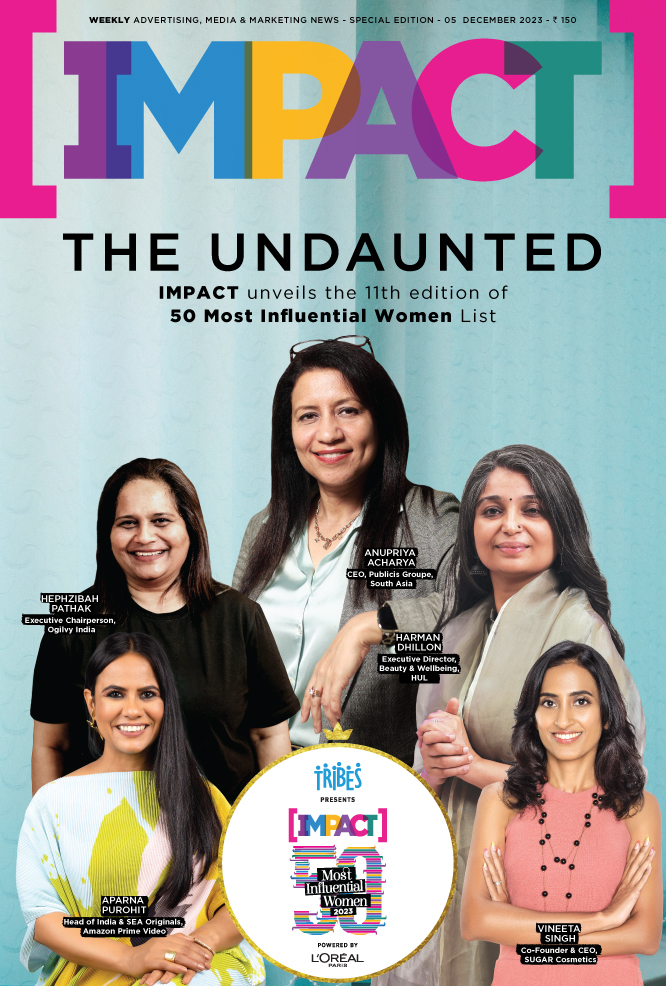
Anupriya Acharya Tops the IMPACT 50 Most Influenti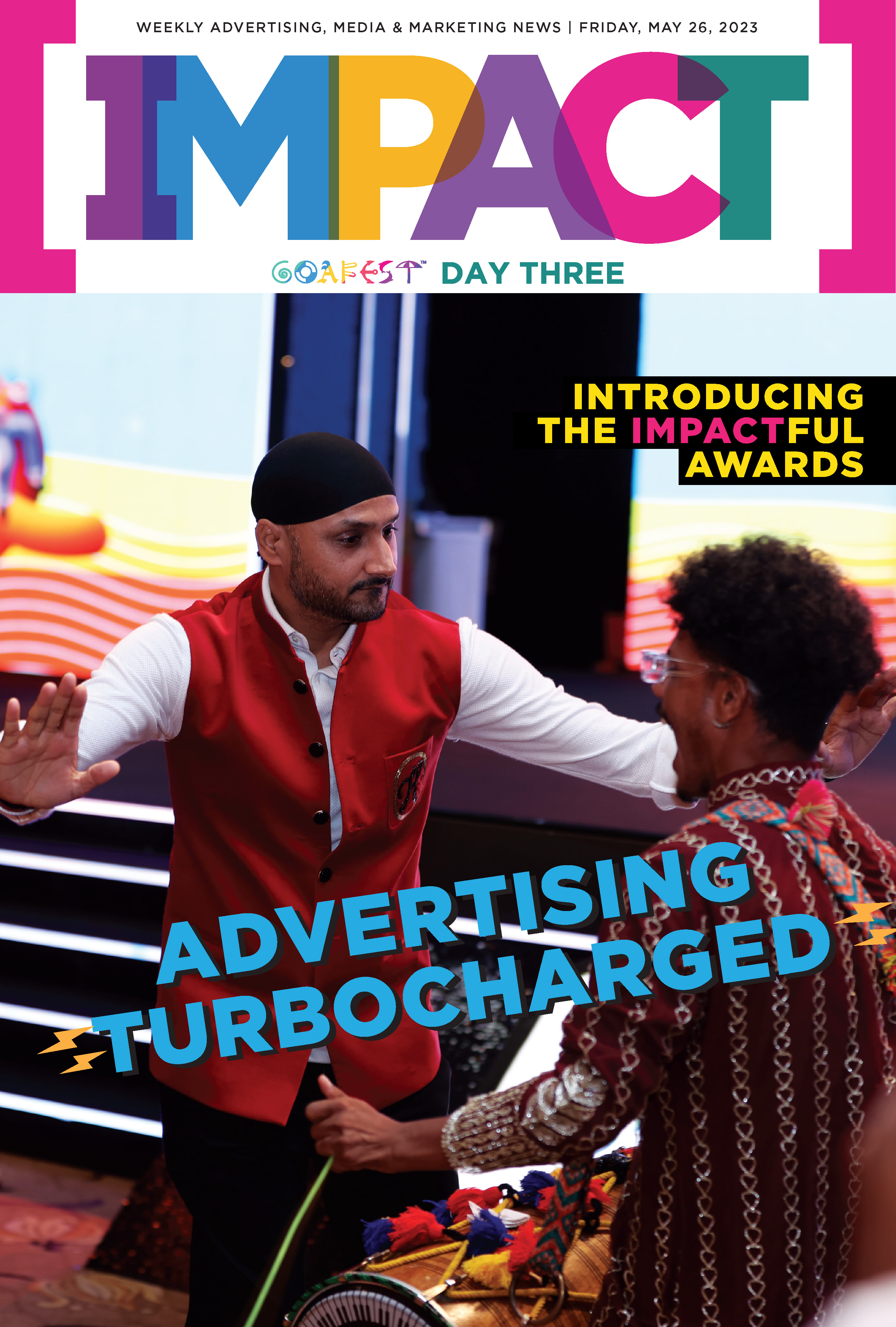
Advertising Turbocharged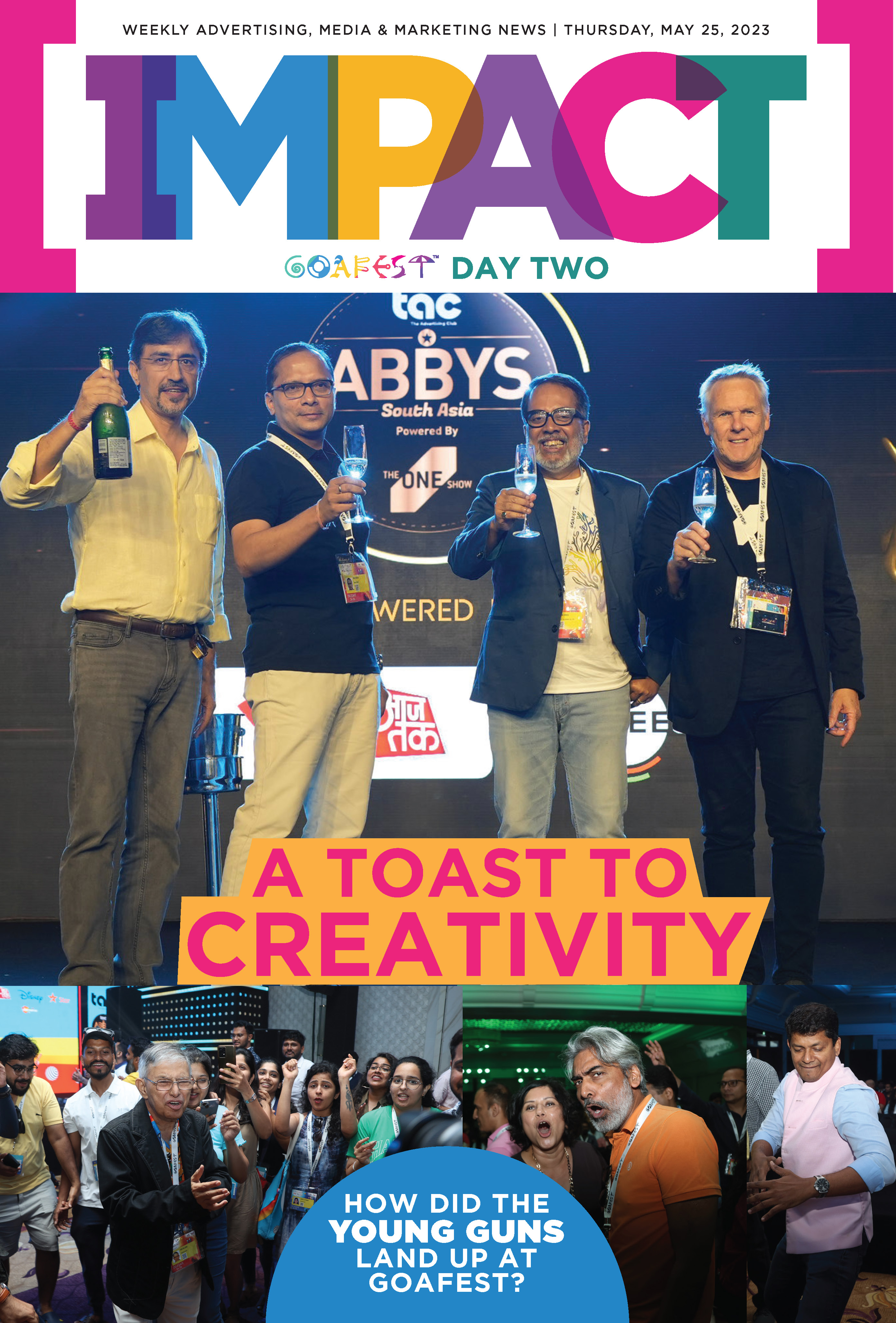
A Toast to creativity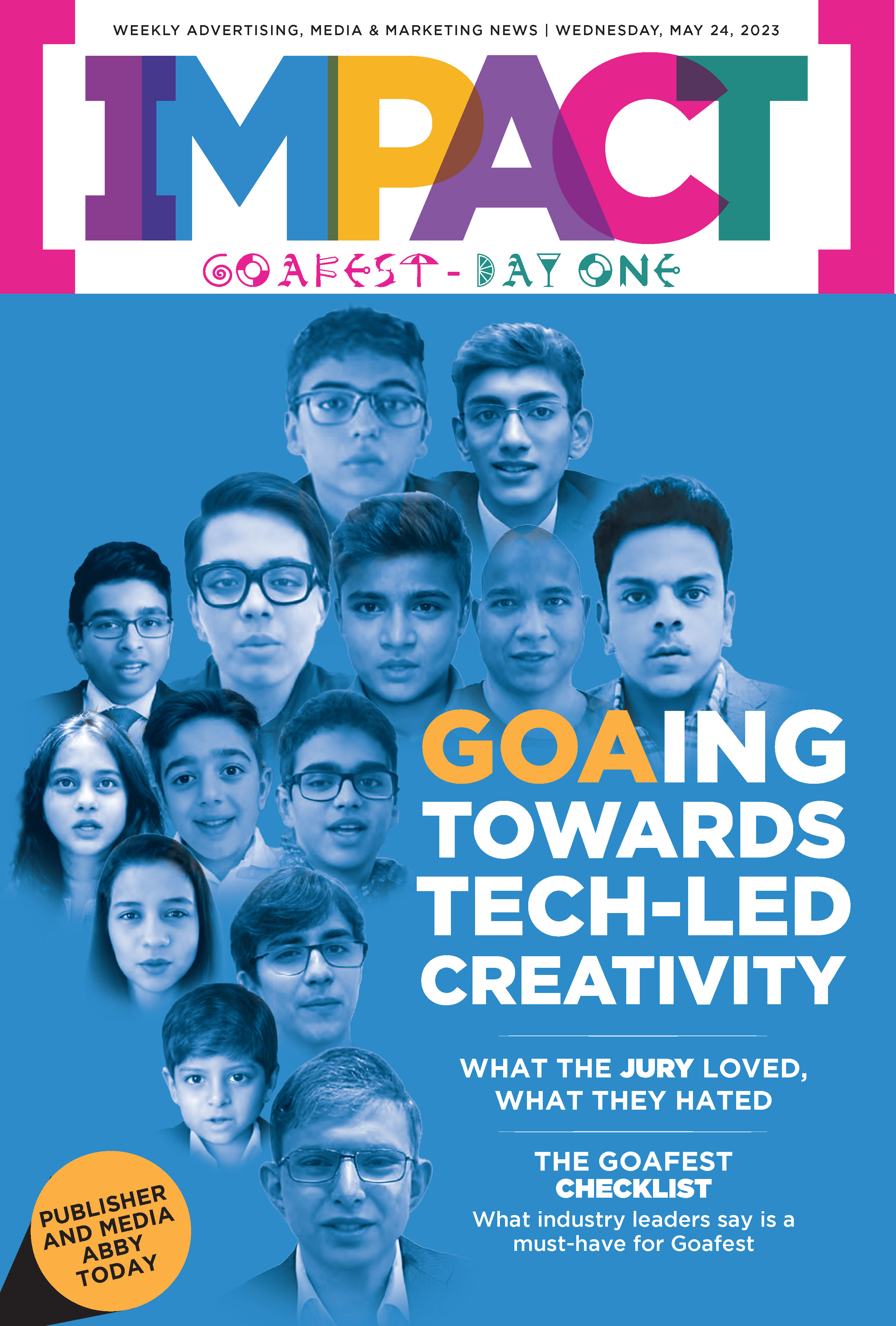
GOAing towards tech-lead creativity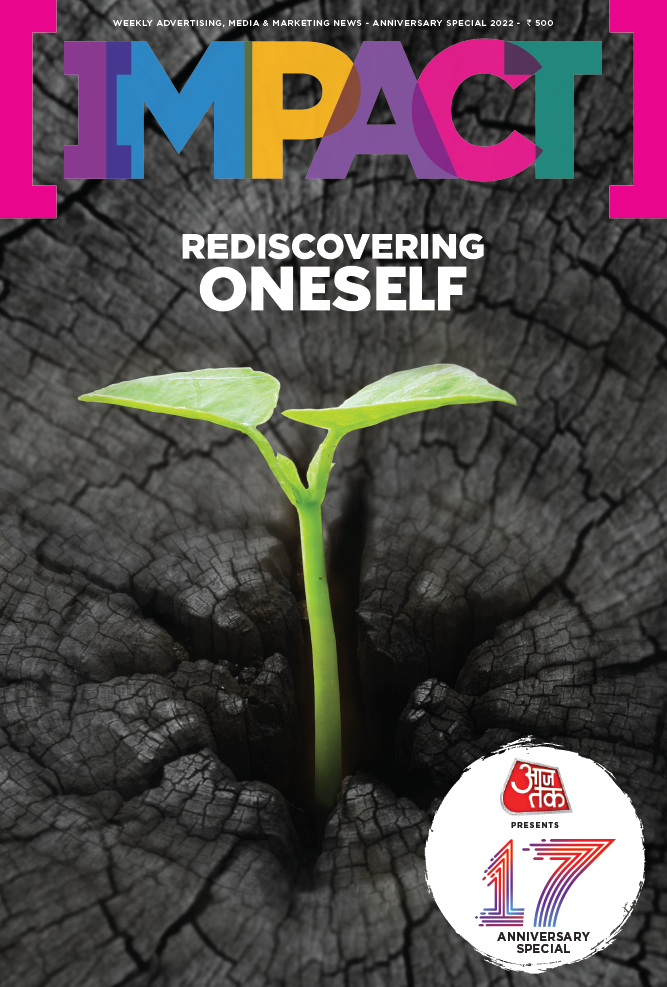
REDISCOVERING ONESELF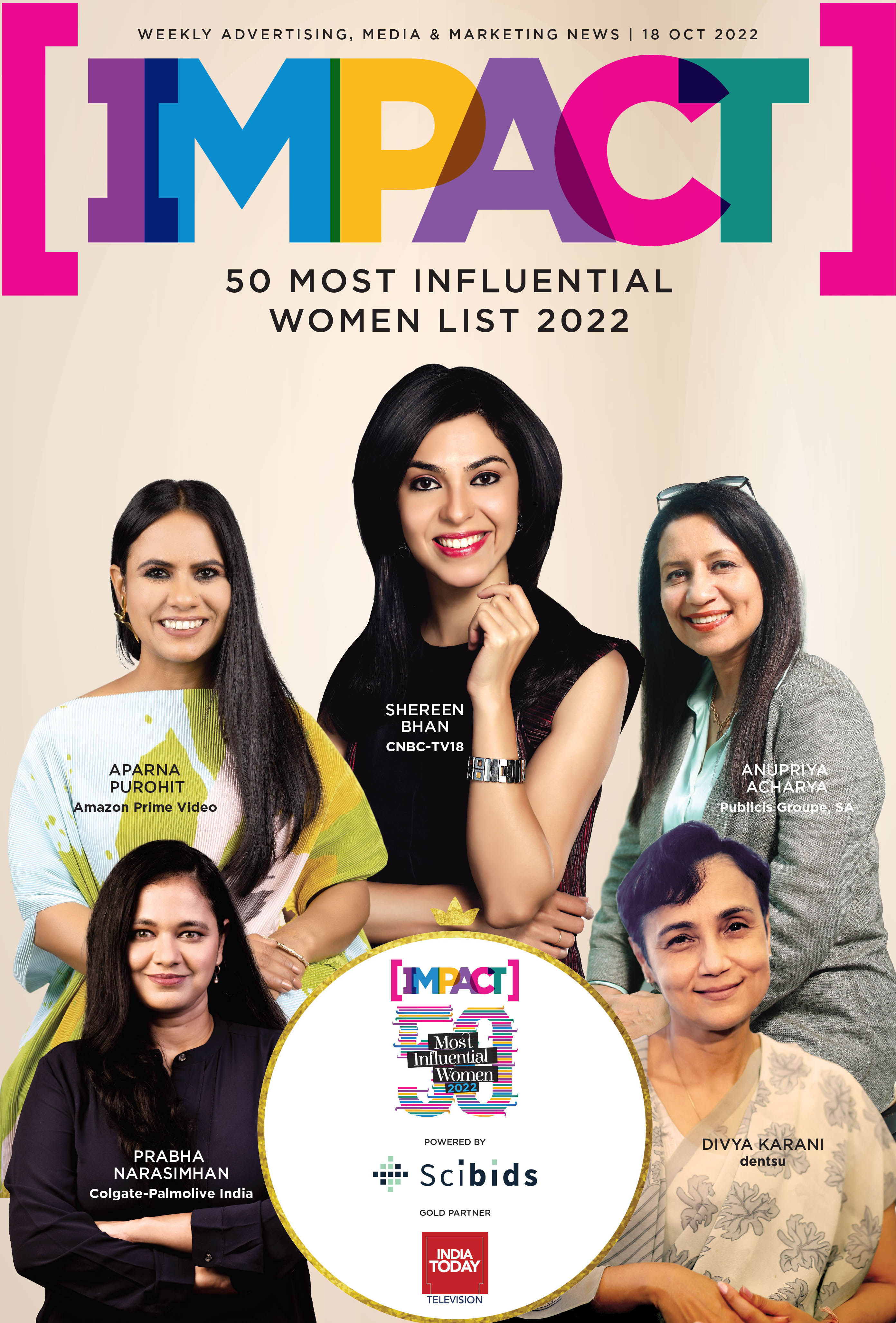
50 MOST INFLUENTIAL WOMEN LIST 2022
BACK WITH A BANG!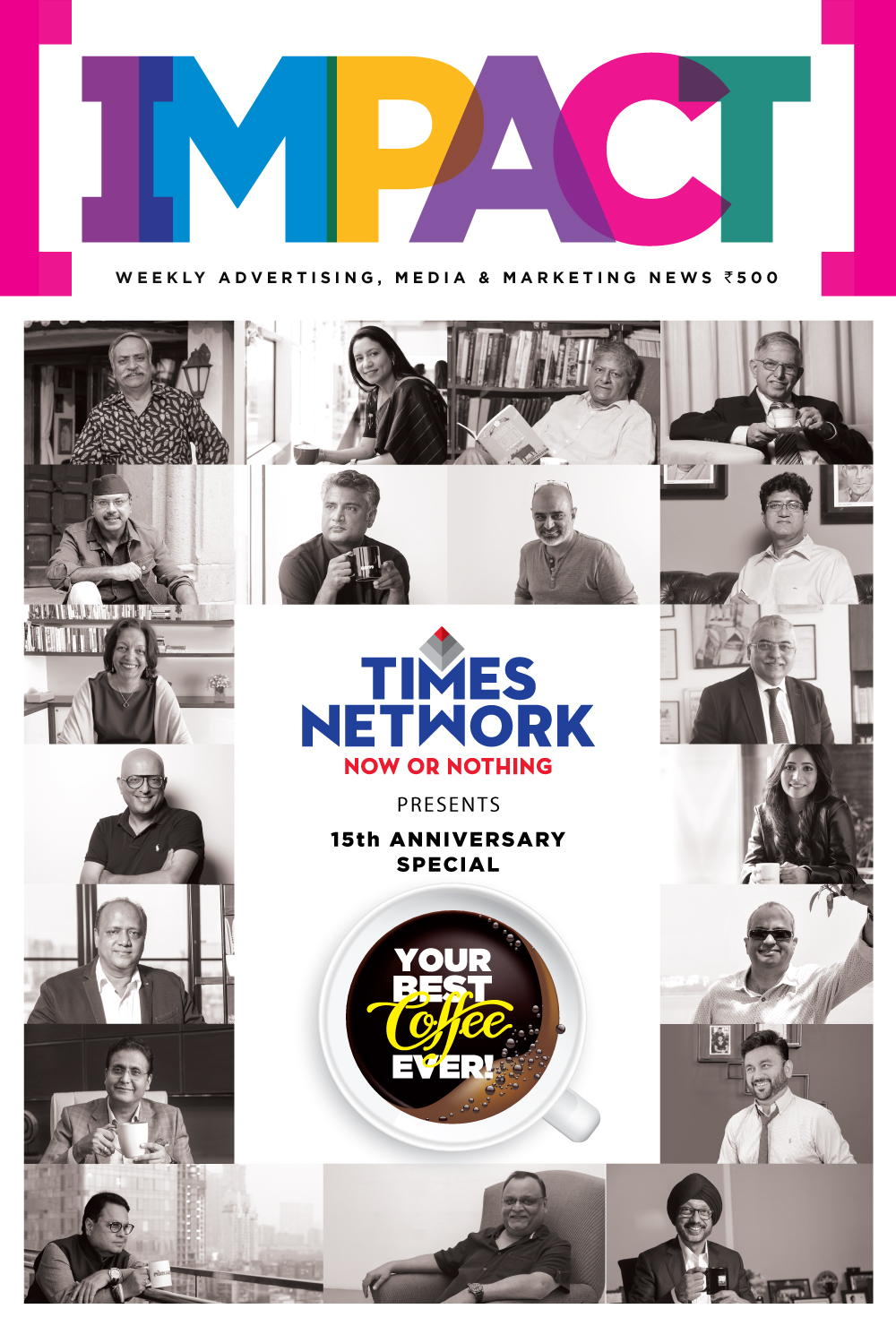
Your Best Coffee Ever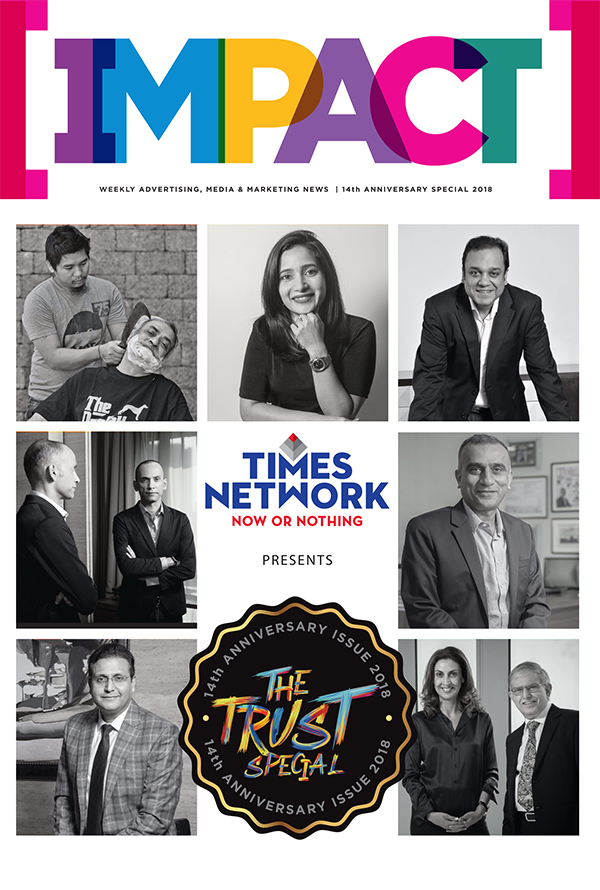
PR Commune Magazine June-July 2022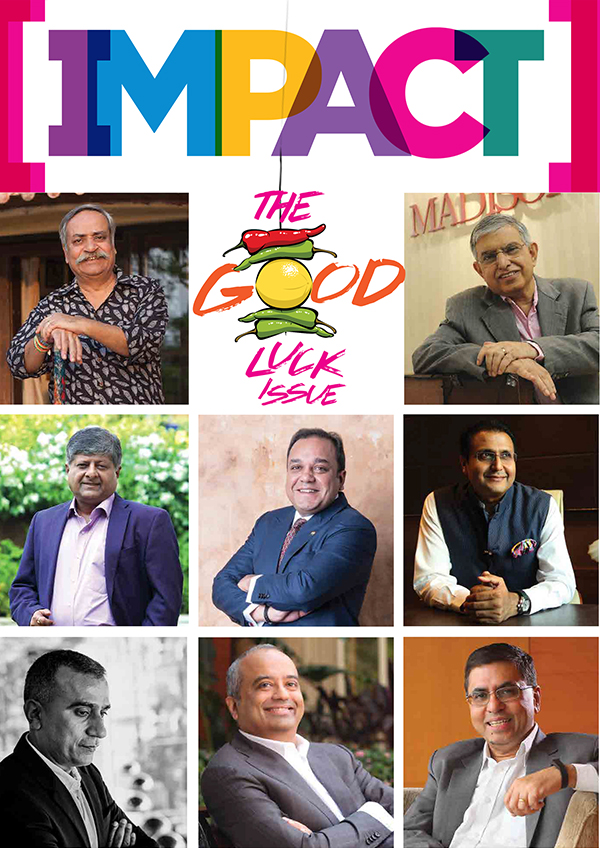
13th-ANNIVERSARY-SPECIAL
PR Commune Magazine April 2022






